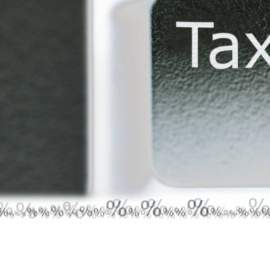
Understanding Savings Bonds

What is a Savings Bond?
A savings bond is a conservative investment that enables an individual or corporation to maintain a fixed return following the purchase of the bond. Savings bonds are issued by financial institutions or government agencies that are in need of raising money for public goods or other services. When an investor purchases a bond they deliver a lump-sum payment to the issuing agency and in return they receive a “promise” that the issuing agency will repay the investment plus added interest upon maturity of the bond.
Savings bonds were initially created to finance the First World War. The instruments were created to finance the war and were originally known as “Liberty Bonds.” Not only were the bonds packaged as an investment idea, but they were also marketed as a patriotic movement; those that purchased the bonds were helping the United States army by directly funding the army.
Types of Saving Bonds
Series EE Savings Bond
The series EE bond is issued at 50% of face value and reach maturity 30 years from issuance. The Series EE Savings Bonds are among the most conservative form of fixed-income an individual can invest in. Interest is added to the Series EE Savings Bond monthly and paid when holder cashes the bond upon maturity.
The bonds are designed to reach face value after 17 years; however, an investor can hold the bonds up until 30 years so the bonds can accrue more interest. Interest on the bonds is taxable at the federal level only and the bonds are marketed only towards individual investors. The Series EE Savings Bond are sold at a discount and redeemed at an amount that includes the interest income. Interest, therefore, is calculated monthly, but paid only until redemption.
Series HH Savings Bond
Series HH bonds are sold at discount and mature at face value. Dissimilar to T-Bonds and agency-issued bonds, the Series HH Savings Bonds are nonmarketable. In addition, the Series HH Savings Bonds pay interest semi-annually.
Series I Savings Bonds
The Series I Savings Bonds are issued at face value and possess a variable yield that is primarily based on inflation. The interest rate attached to savings bonds consist of two components: the first portion is a fixed rate which remains constant over the life of the bond and the second component contains a variable rate, which is reset every six months from the time the bond is purchased according to the current inflation rate.
Similar to EE Savings Bonds, I Savings Bonds are issued to individuals with a limit of $5,000 per investor per year. Individual investors may purchase the limit of both types of Savings Bonds for a total of $10,000 per year. If an individual redeems the bonds before five years they will incur a penalty of three months unpaid interest.
NEXT: Understanding Bond Ratings





















